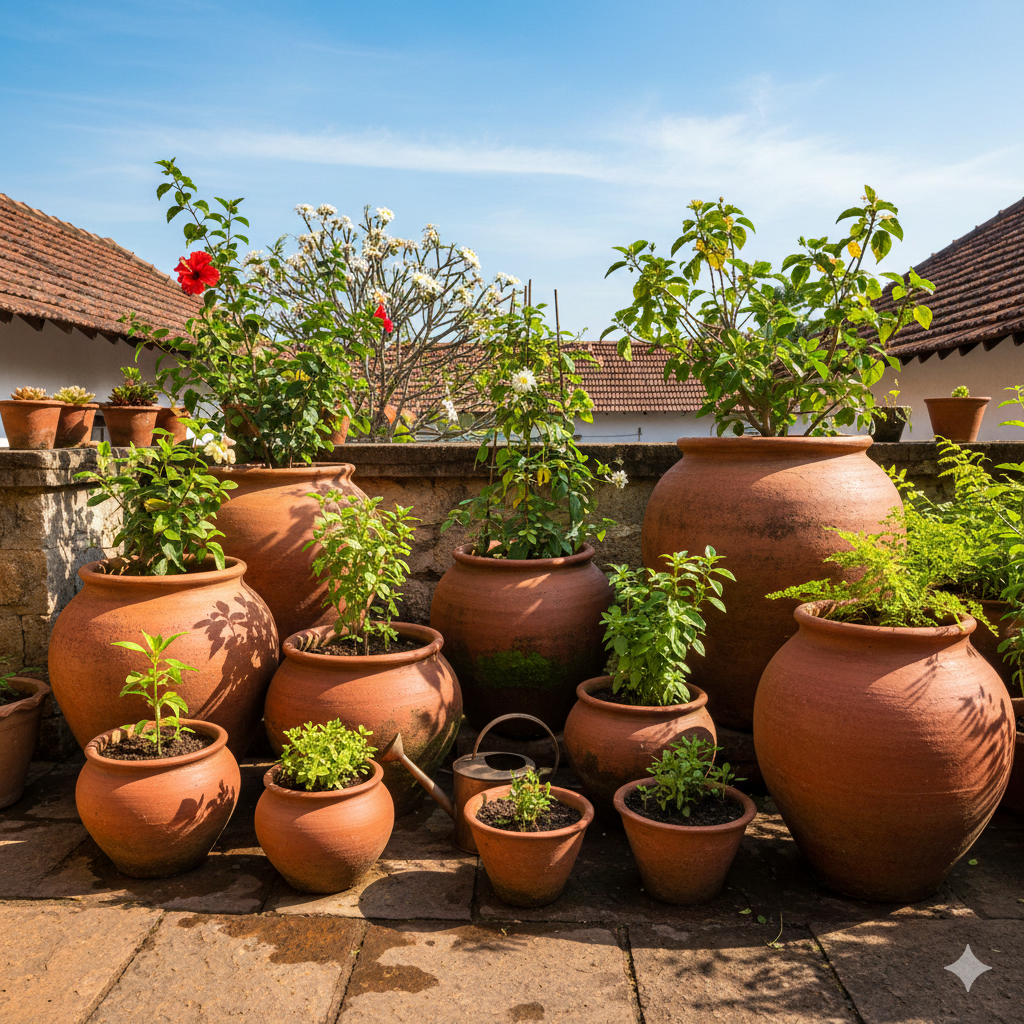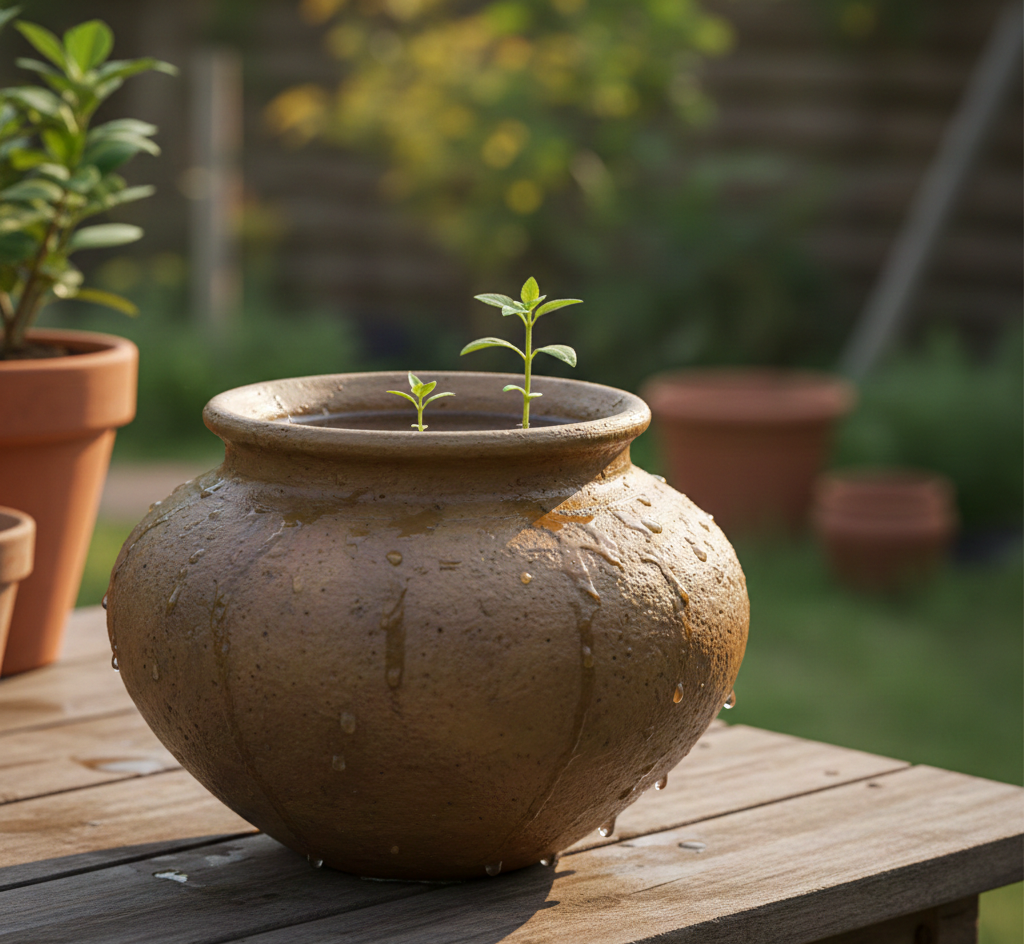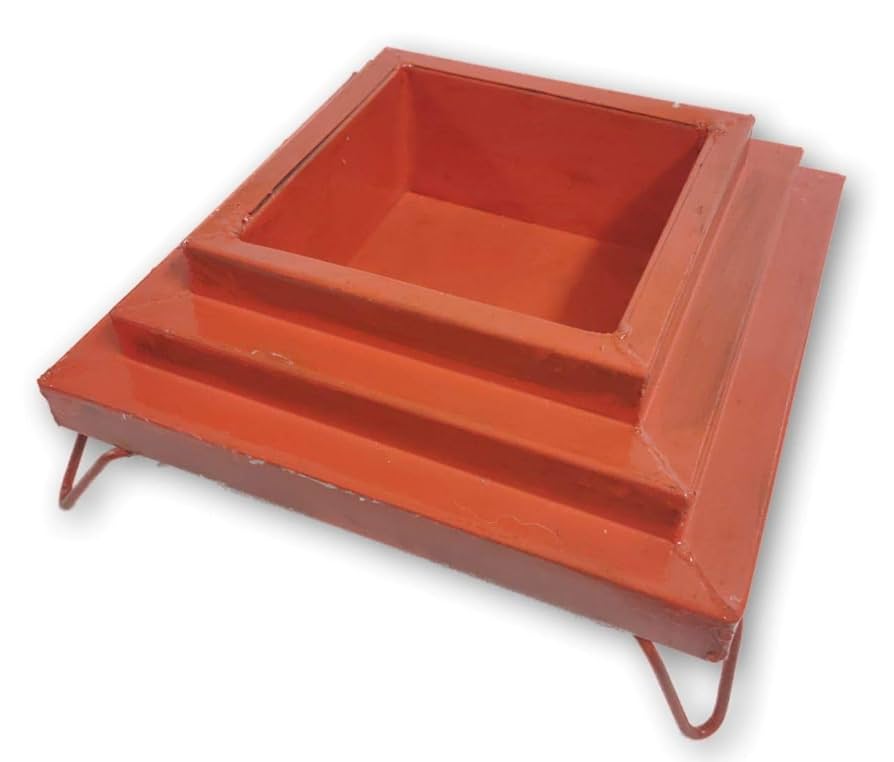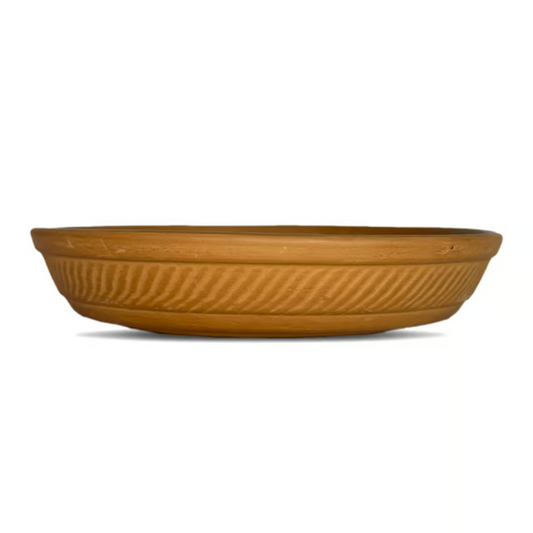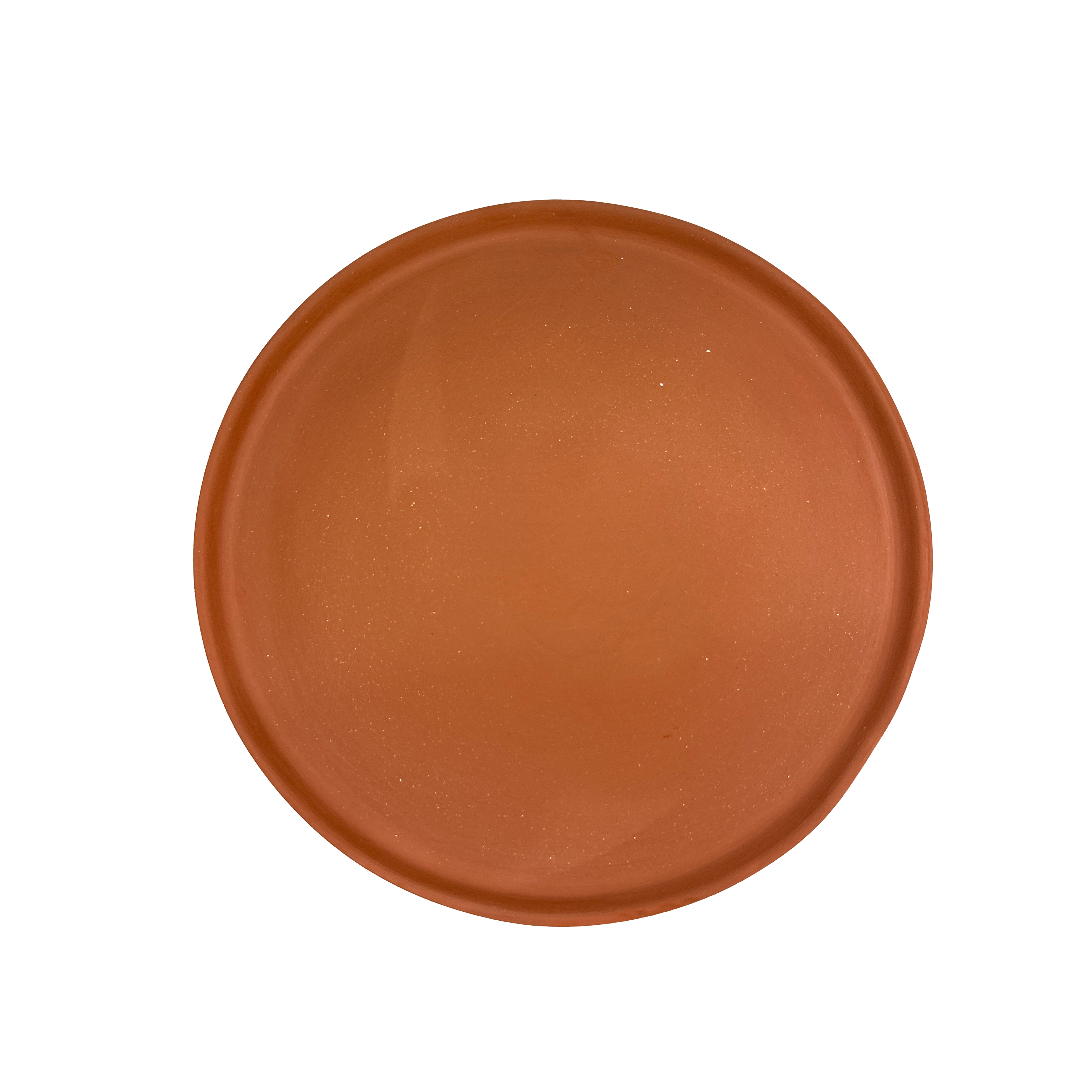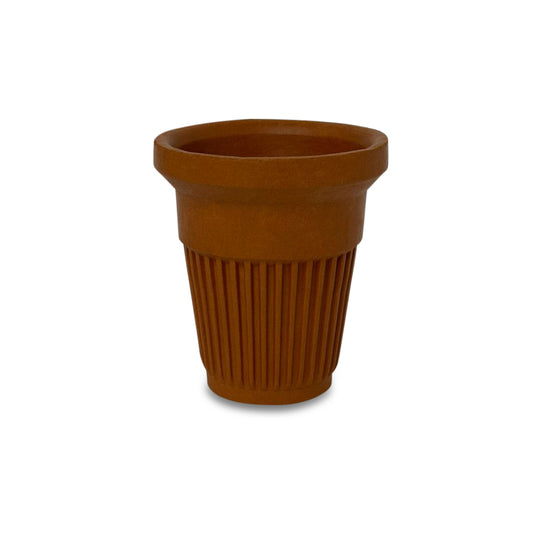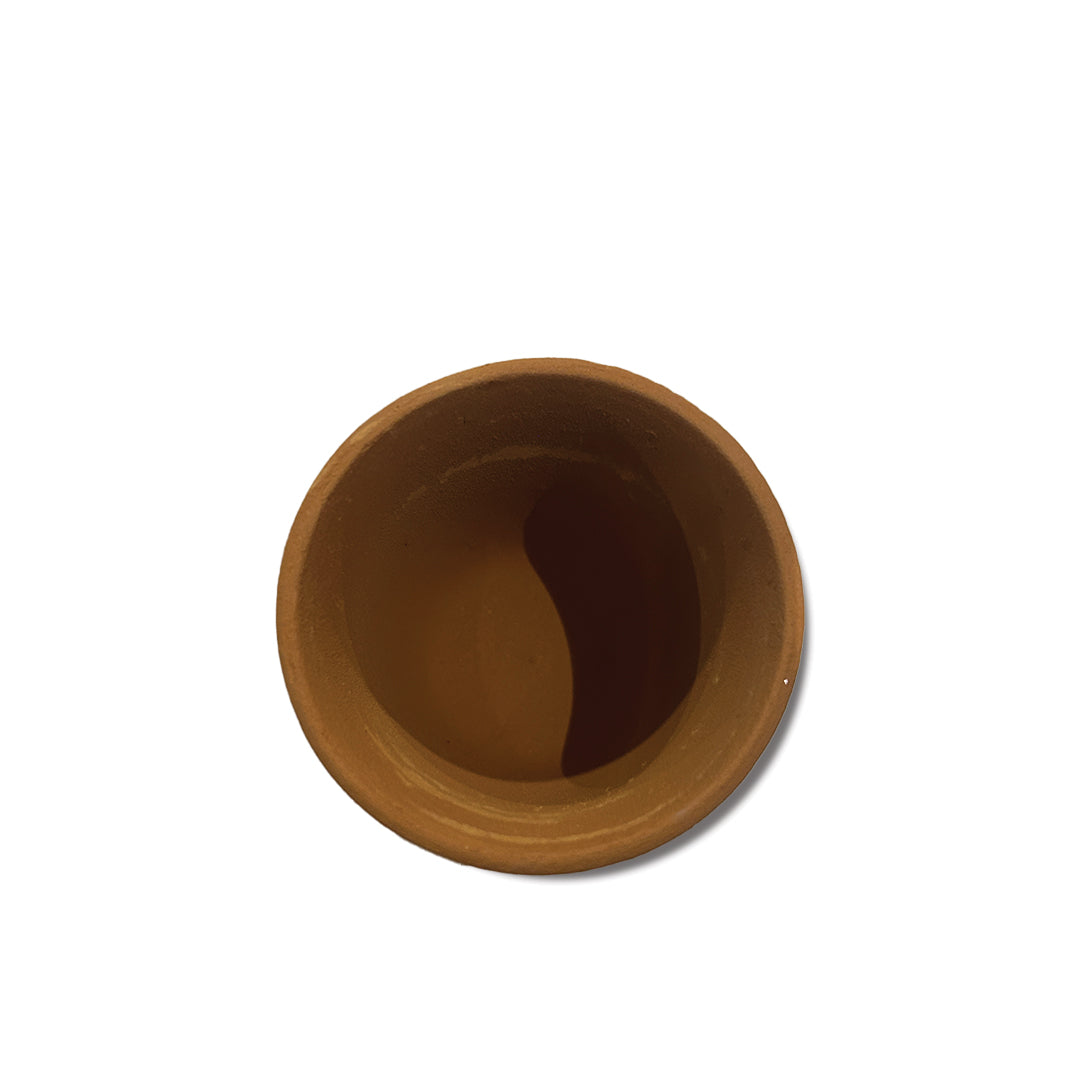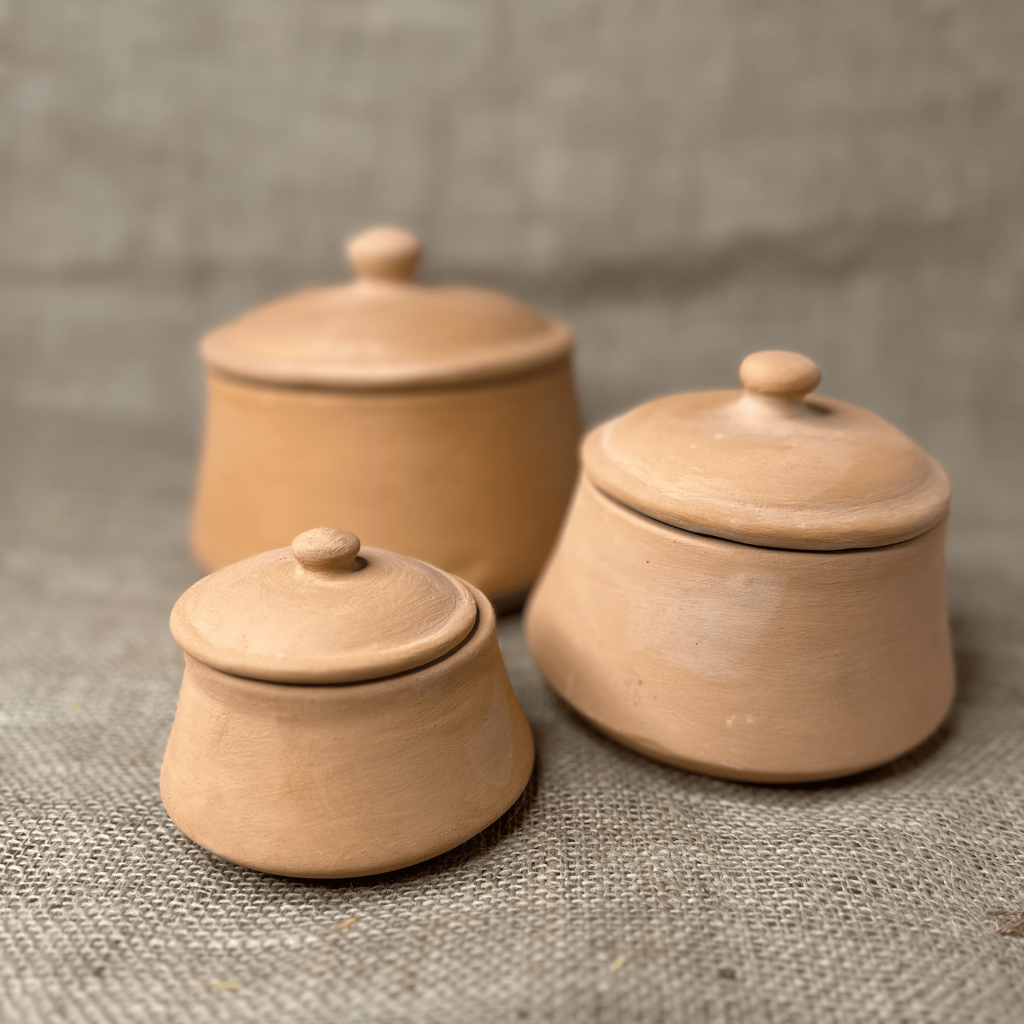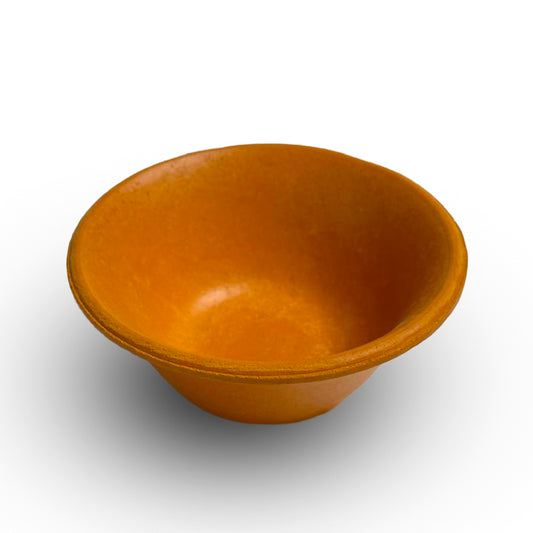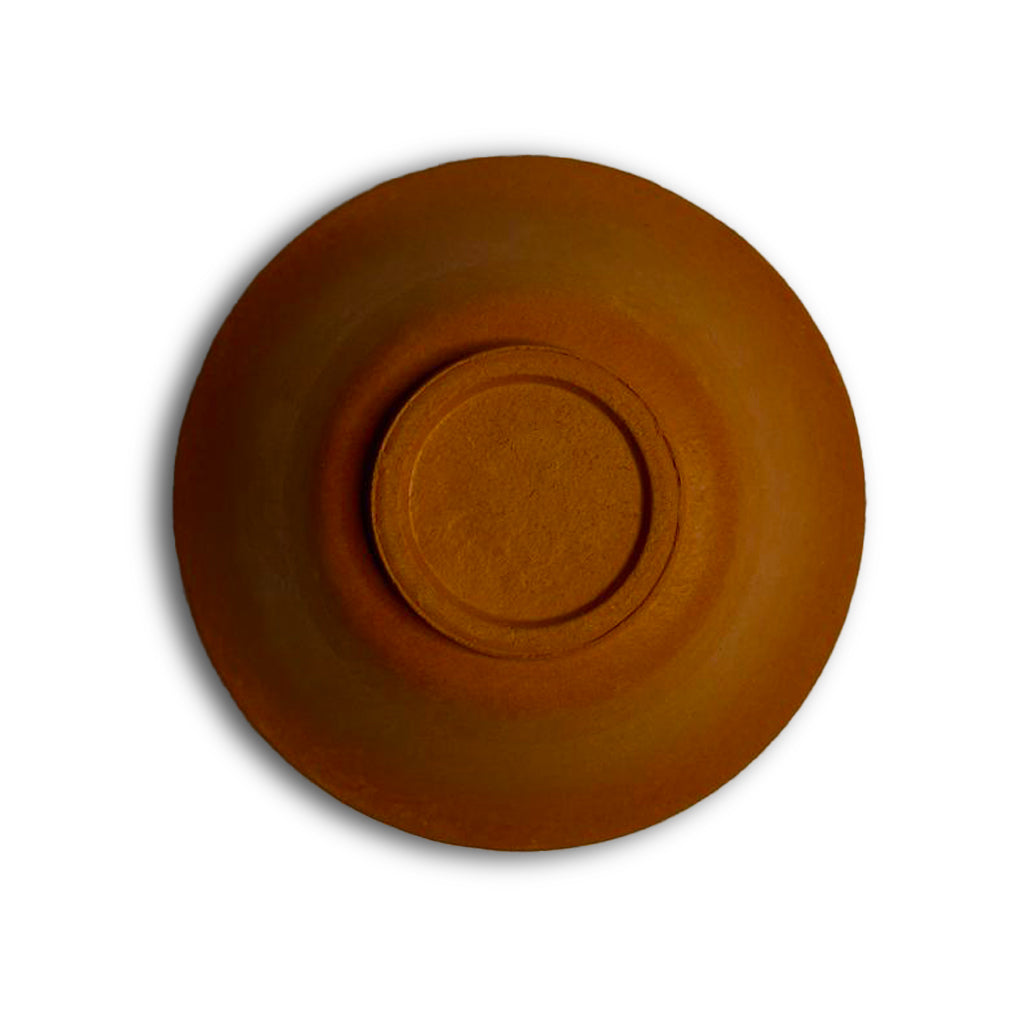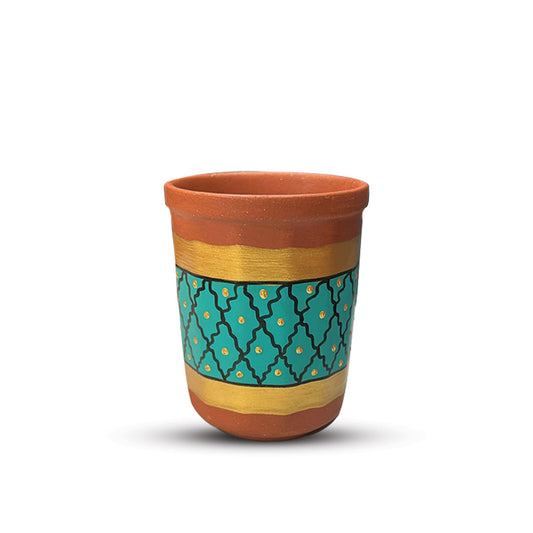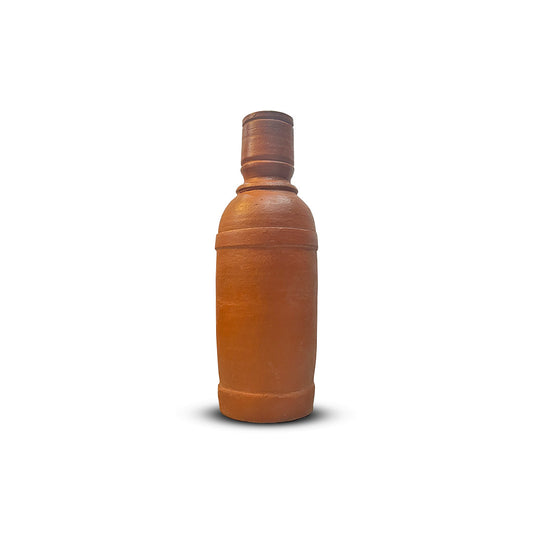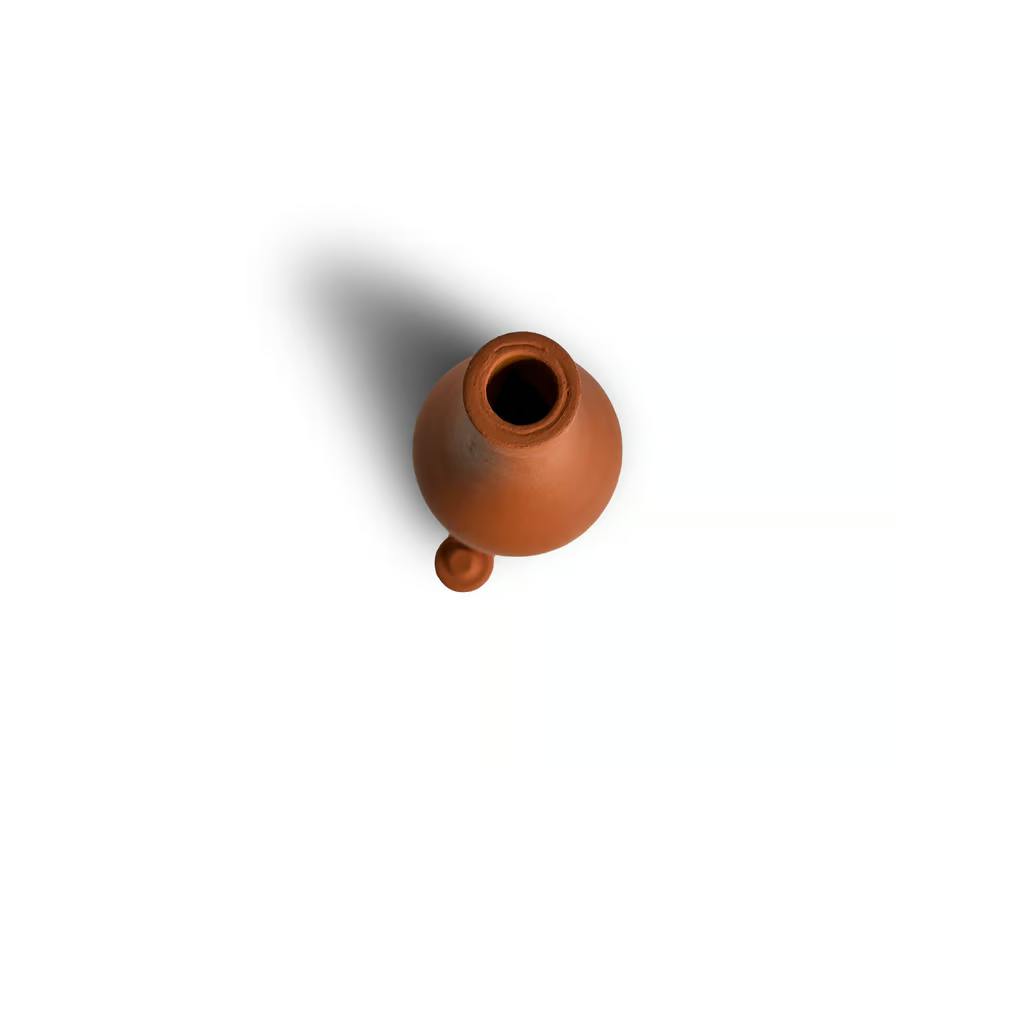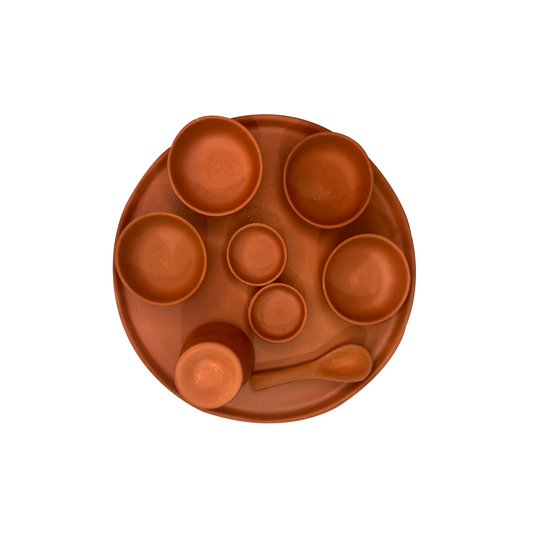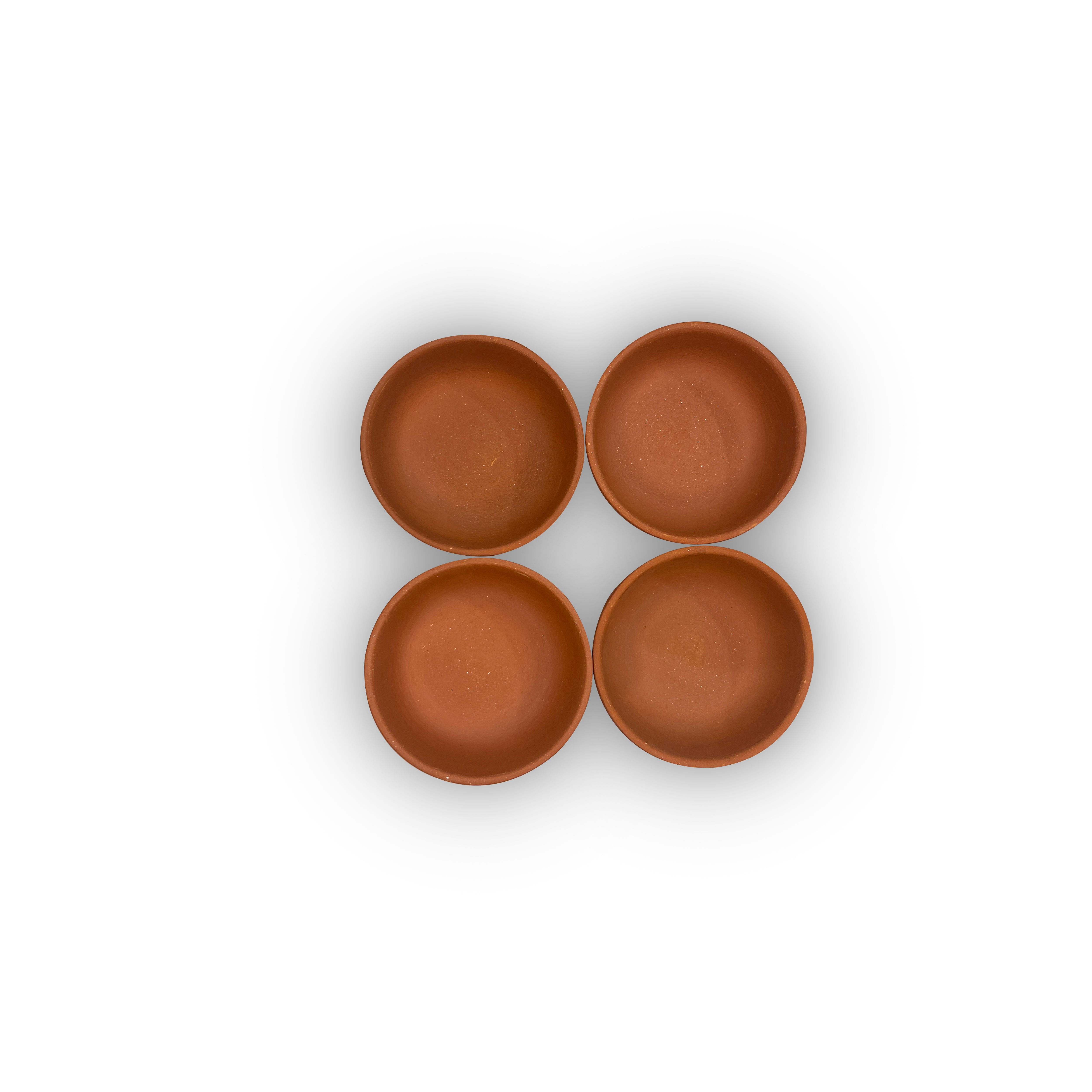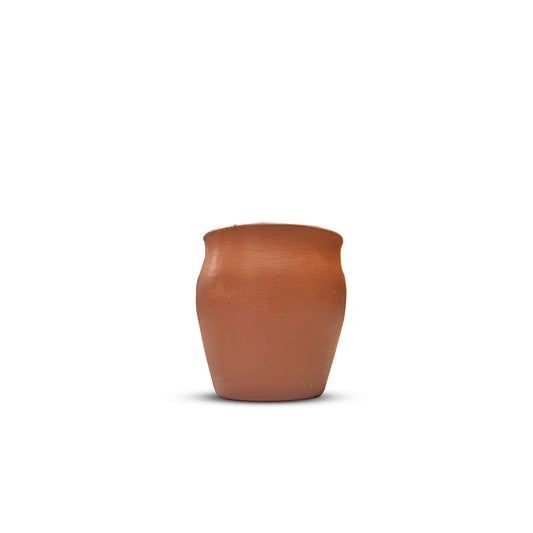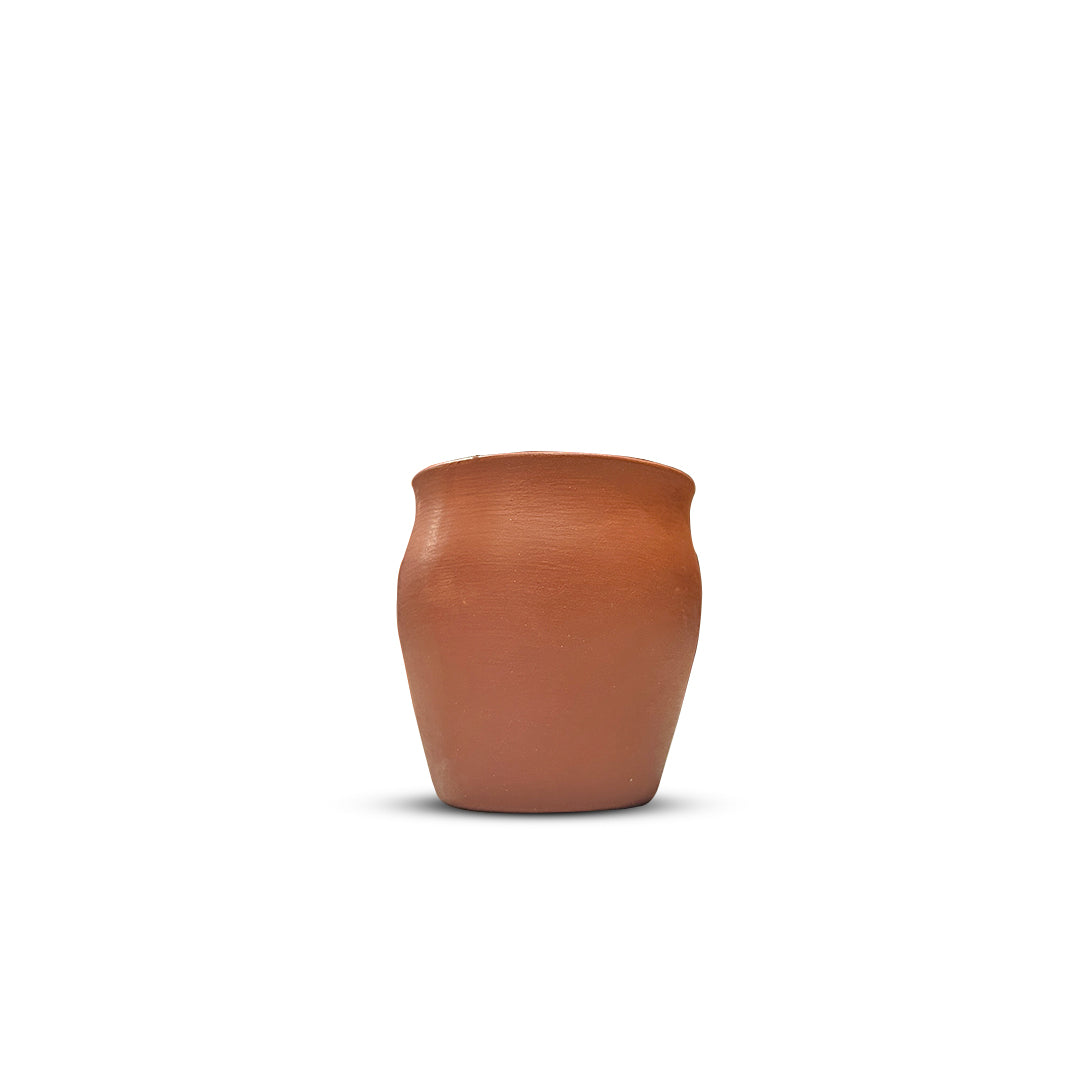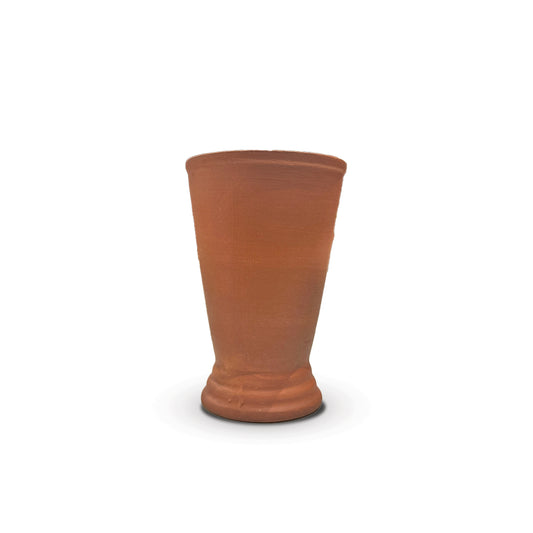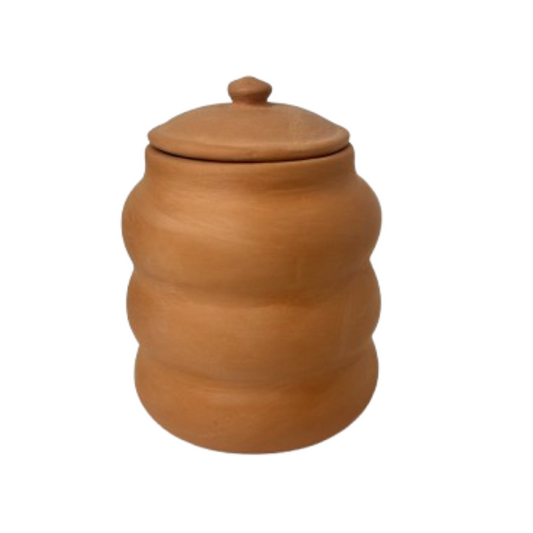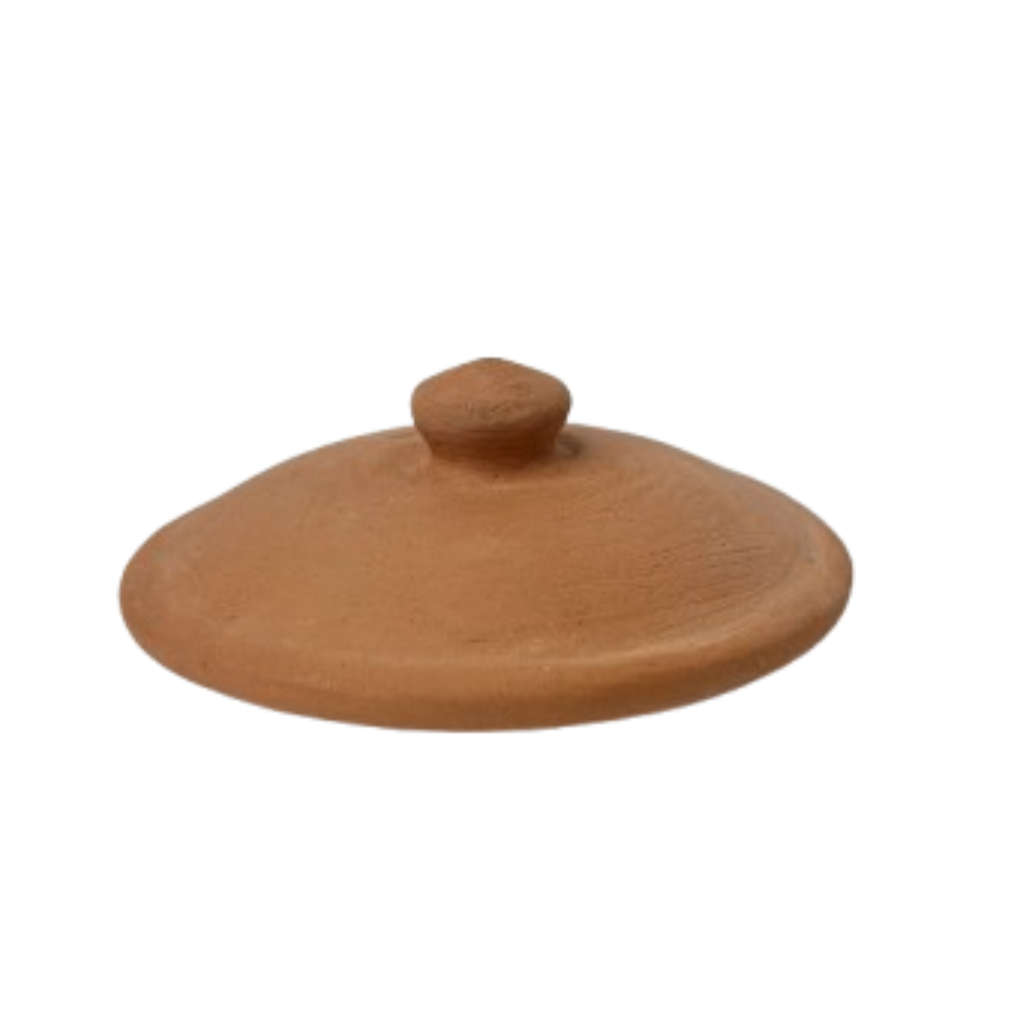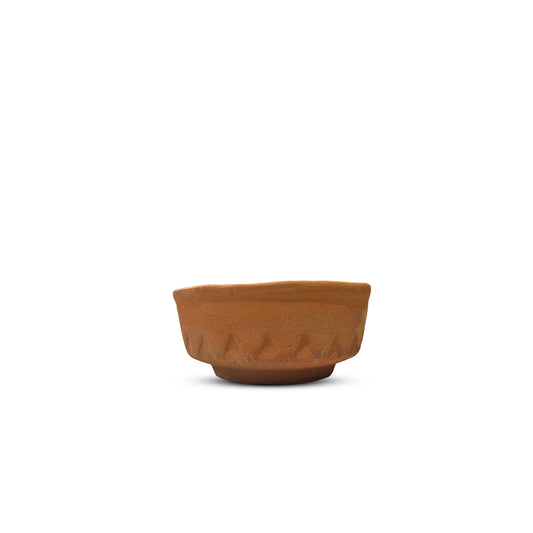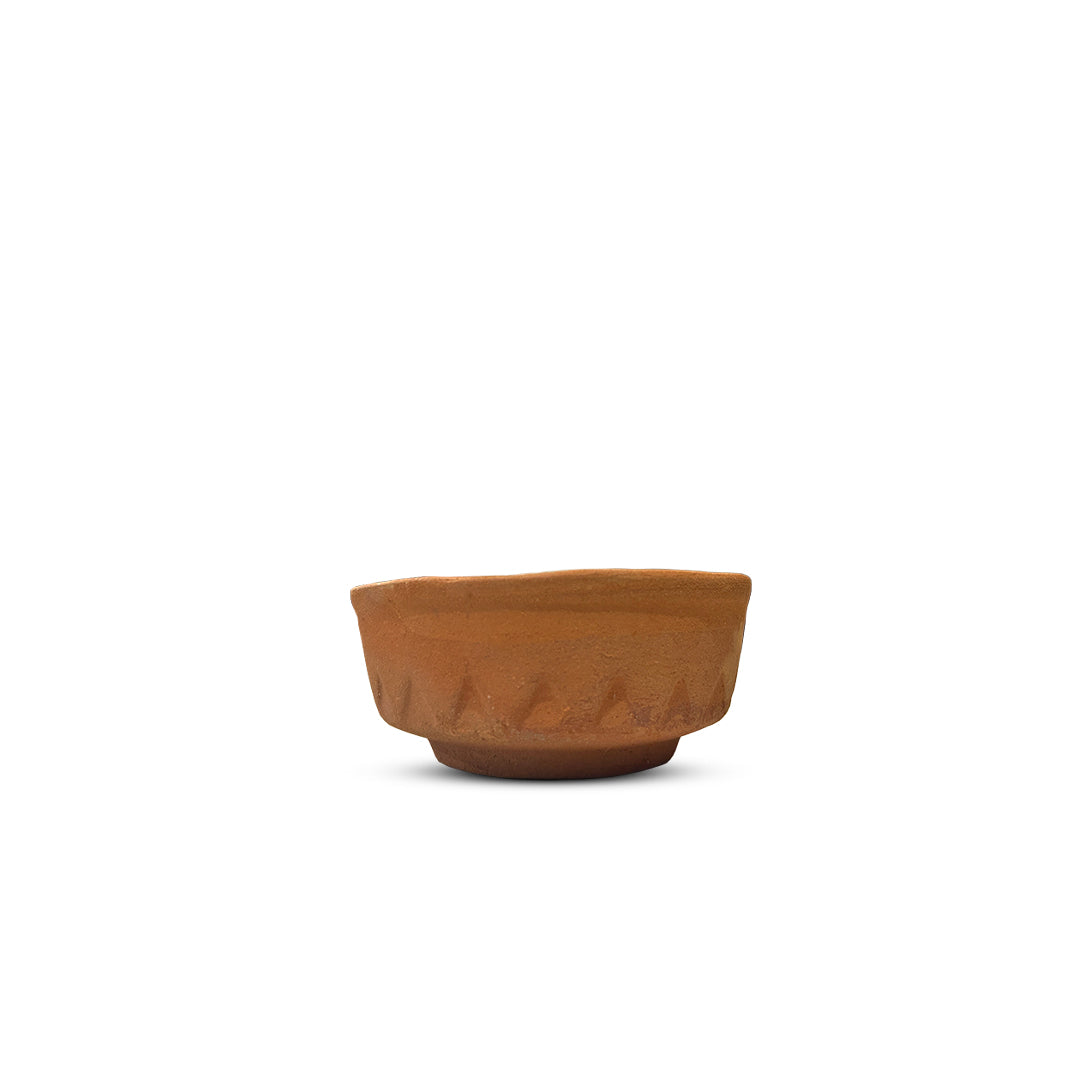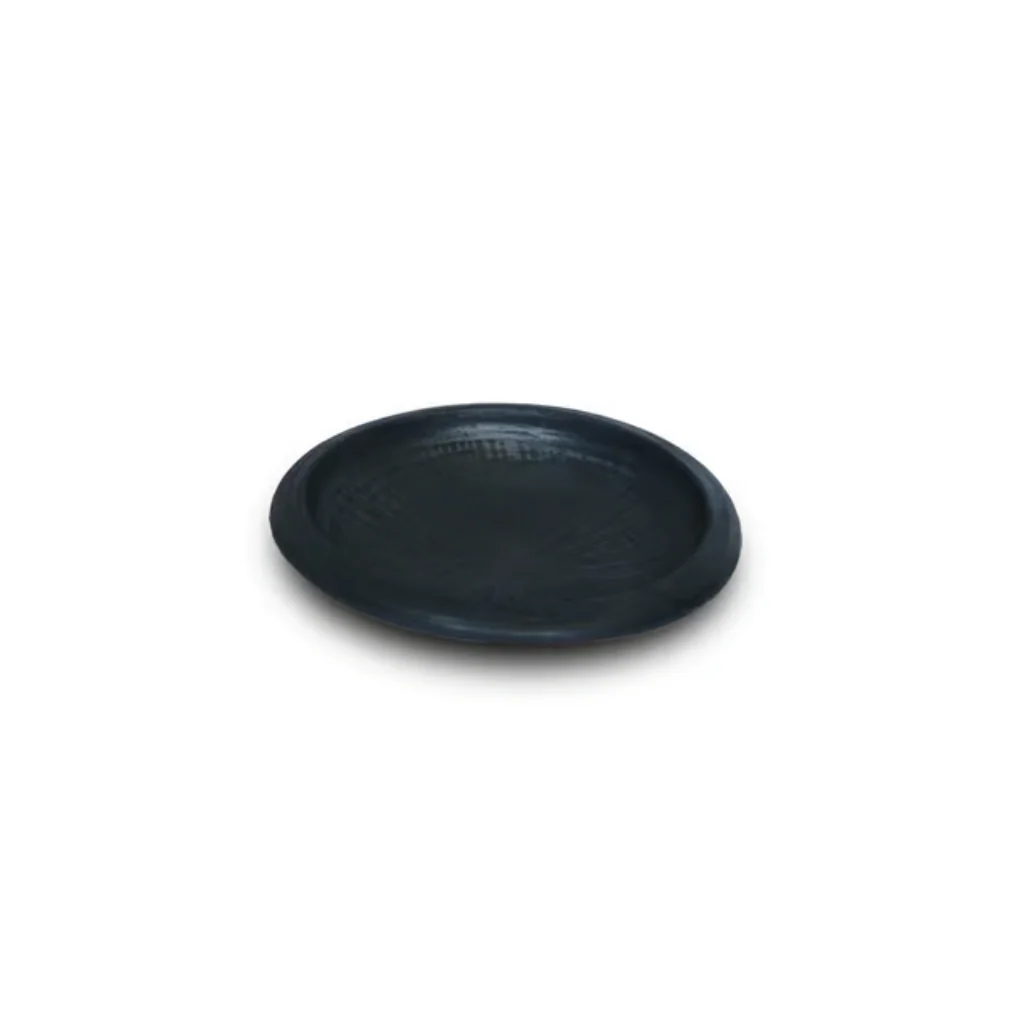
Clay Tawa | Mudkart

How Clay Tawas Help Preserve Nutrients in Food
Walk into any modern kitchen supply store, and you’re bombarded with non-stick this and carbon steel that. They’re slick, they’re fast, and they promise an easy clean-up. But after fifty years working with food, from running my own vegetarian café in the 80s to consulting for wellness retreats today. I’ve learned a hard truth: what’s best for speed isn’t always best for our health.
This brings me to a piece of culinary wisdom that’s been gathering dust in our collective memory: the humble clay tawa. Not the factory-made ones you might see, but the authentic, unglazed, hand-crafted clay tawa. For generations, it was the heart of the kitchen, and now, as we search for ways to eat more nutritiously, it’s staging a quiet but powerful comeback.
Why Not High-Heat Metal Cooking?
First of all, we need to get much more clarity regarding the enemy we're up against. Modern metal pans, especially thin ones, conduct heat in uneven rapid spikes. To prevent food from burning due to this rapid spike, we usually add generous amounts of oil. Which in turn gets degraded under high heat. But the bigger issue is what this intense, direct heat does to the food itself.
Many vitamins, like vitamin C and several B vitamins, are heat-sensitive and water-soluble. When you throw a vegetable onto a searing metal surface, the cellular structure is shocked and rapidly breaks down, leaching these precious nutrients out. They either evaporate with the steam or get left behind in the pan, not in your body. It’s a destructive process that prioritizes browning (the Maillard reaction) over bioavailability. The final product, like the beautifully charred roti or pancake, might taste good, but it would have lost the very reason why you are supposed to eat it in the first place.
What is a clay tawa?
When it comes to clay tawa. It feels different, substantial, and porous. This is where the magic lies. A clay tawa doesn’t conduct heat. It absorbs the heat from your flame and then emits a gentle, far-infrared warmth that penetrates food evenly and slowly.
Think of it like the difference between a blast furnace and the warm sun. The furnace will scorch the surface; the sun will warm you through to your bones. This gentle cooking process is the first key to nutrient preservation. Instead of shocking the vegetable cells or the dough, the heat coaxes them open. This allows the food to cook in its own moisture, essentially steaming from the inside out. Those water-soluble vitamins don’t have an escape route; they’re retained within the food itself.
Furthermore, because the heat is so even, you rarely get the intense hot spots that cause burning. This means you can cook with little to no oil. Using a clay tawa is your path to attaining a cooking method where the micronutrients are preserved while avoiding the creation of harmful compounds from oxidized oils, making your meals lighter and more digestible.
Alkaline Advantage and the Art of Seasoning
Due to the alkaline nature of the clay, when we cook acidic foods (like tomatoes or certain fermented batters) in metal pans, a slight chemical reaction can occur, sometimes imparting a metallic taste and degrading the food's natural pH. The alkaline clay tawa neutralizes this, allowing the true, vibrant flavor of the ingredients to shine without any chemical interference.
Now, let's talk about that legendary "non-stick" quality of a well-seasoned clay tawa. It’s not a synthetic coating; it’s a patina built over time. With each use, the porous clay absorbs minute amounts of oils and flavors. This process, called seasoning, creates a natural, non-stick surface that improves with age, much like a cast-iron skillet.
The Real World of Cooking
In a world that is consistently chasing shortcuts, the clay tawa is a testament to a traditional path to a healthy lifestyle. It is a constant reminder that the best tools are often the simplest. As true nourishment is much more than the calorie count, it preserves the vital energy inherent in our ingredients. So, the next time you’re in the kitchen, consider giving this ancient piece of wisdom a flame.
Your body, and your taste buds, will thank you for generations to come. Ready to experience the difference for yourself? It starts with choosing the right tools; for this I highly recommend exploring the collection at Mudkart.


